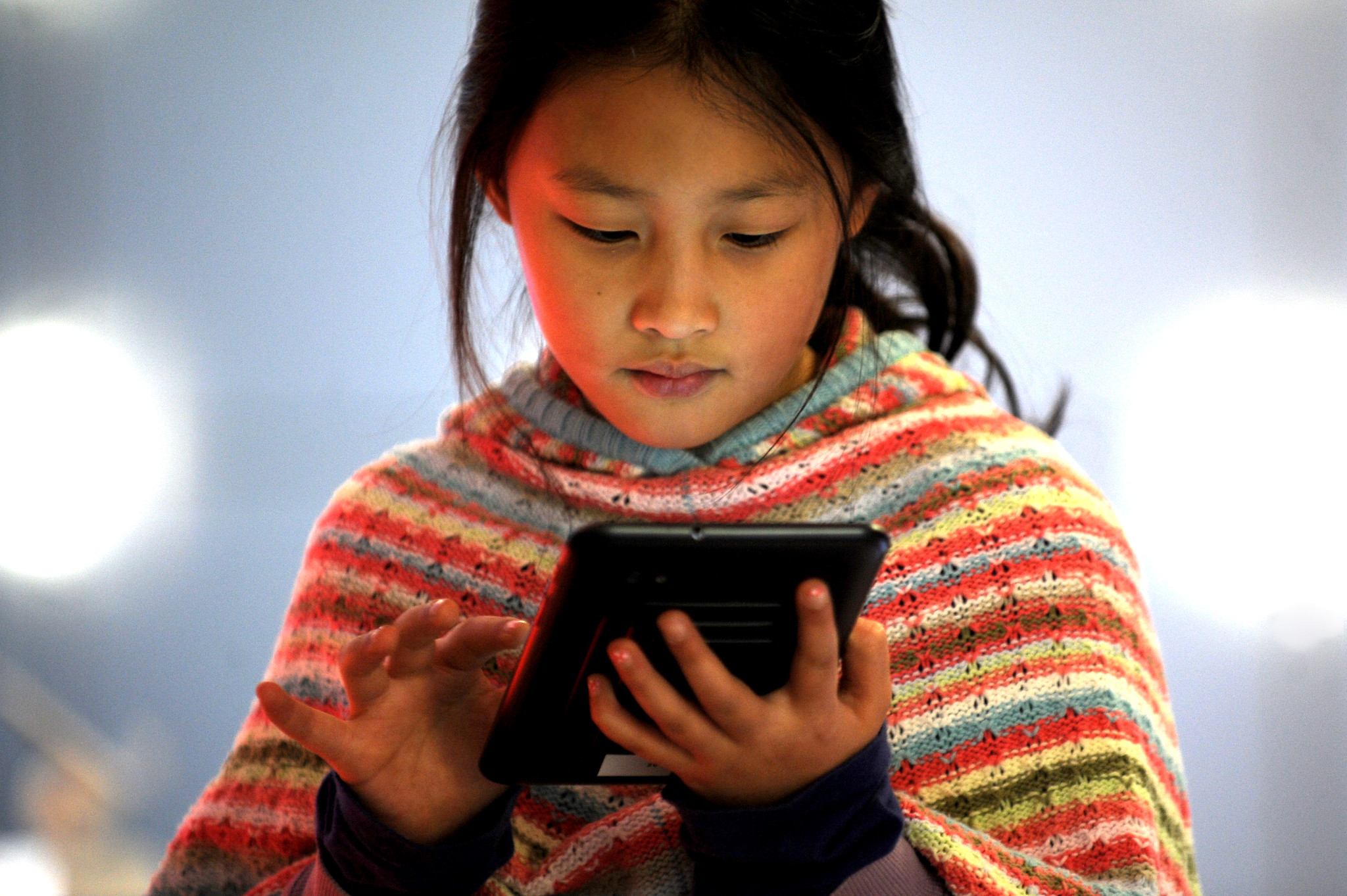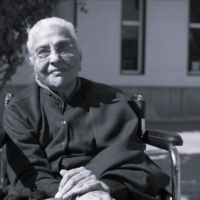THIS month, the CEOs of major social media platforms testified before the United States Senate on online child sexual exploitation. The CEOS of Meta, X (formerly Twitter), Snap, Discord and Tik Tok were asked to answer questions posed by concerned citizens about the lack of safety measures and the failure of social media platforms to adequately protect children from online exploitation and intimidation, which often leads to severe distress and even suicide. As the Senate Judiciary Hearing was underway, the families of some of the victims of online abuse were present, specifically the families of child sexual exploitation victims. While these families reside in the United States, the same concerns about social media are being raised by families around the world, including India, where there are millions of users that surpass even the number of users in the United States.
Safer Internet Day is observed during the first week of February each year to raise awareness on how to make social media safe for users, especially children. This includes holding social media companies accountable for lapses in safety and security measures. The questions posed to Mark Zuckerberg, Linda Yaccarino, Evan Spiegel, Jason Citron and Shou Chew focused on the ease with which children are being coerced into performing sexual acts online or sharing sexually explicit images and videos by adults posing as peers in the children’s age group. Once this sexually explicit material is obtained, criminals or traffickers then proceed to threaten and blackmail underage users for money, often causing the children to develop severe psychological and behavioral problems, including suicidal thoughts.
This Safer Internet Day, it is worthwhile to examine 3 things each that children and adults can do to outsmart criminals and traffickers and keep themselves, their peers and loved ones safe online. To do this, the key is to follow the same rules online that you do in real life whether you are a child, young adult, parent, teacher or authority figure.
3 things children can do to stay safe on social media
Having a high follower count is considered a sense of accomplishment on social media. When our online popularity is directly linked to the number of people who like our posts or follow our accounts, we are tempted to accept requests from strangers and even interact with them. This is especially harmful for children who are used to interacting with trustworthy adults, like their parents or teachers, and might not think that an adult can hurt them.
But adults can hurt and exploit children, and this is the reason we teach children – don’t talk to strangers. This applies to the virtual world too, where adults can take advantage of a child’s willingness to trust them. Too often, there are cases of adults posing as a friend or boyfriend/girlfriend, expose the children to sexual abuse material and coerce them to reveal personal information or send pictures of themselves. This information or images are then distributed online or used to blackmail the families for money – leading to a distressful situation that has often led to legal troubles or death.
When leaving the house to meet friends, children and young adults are expected to tell their parents or trusted adults who they are meeting. This is to ensure that when children are out of their care, even temporarily, parents are sure that they are not exposed to people or situations that could cause them harm. Online interactions carry the same risk, so when “meeting” someone online, tell an adult who you’re meeting. What we might think is an innocent interaction could end up causing young people to get scammed or cheated out of their money or worse.
Our instincts warn us when it’s fight or flight time. When children are in an uncomfortable situation, sometimes shutting down the laptop or switching off their phones might be a child’s way of dealing with discomfort or fear. But if you feel uncomfortable, find a trusted adult and tell them what is making you feel uneasy. For emergencies such as these, it is important to have a trusted adult who will not punish you for being honest and confiding in them about your online experiences.
3 things adults can do to keep children safe on social media
The internet is rapidly evolving and social media platforms constantly introduce new features such as disappearing messages, that can be misused. Even privacy features such as end-to-end encryption, that are essential to protect the privacy of users, can be exploited by criminals to ensure that their tracks are covered. The key for adults is to outsmart online criminals by regulating children’s online activities. By limiting children’s screen time, parents can make sure that a child is not building their personality or social life around the internet and being exposed to dangers that the world is still learning about and trying to catch up to. By setting time limits on internet use, this tells children that using the internet for entertainment or social communication is only a part of life and should not replace safer and healthier forms of social activity, which guarantees physical exercise and crucial human-to-human interaction.
Trusted adults can set up parental controls on devices and apps to ensure that their sign-in is required to access the app. They can also use child-friendly versions of platforms such as YouTube Kids. But most importantly, helping children understand why they need to be careful online will give them the clarity and preparedness to not fall into the traps set up to exploit children. Have an honest conversation with children about the internet and social media and explain what the possible dangers are. Children seek to avoid harm and discomfort, so if they understand why their parents or teachers are concerned, it might help them think twice before accepting a friend request from a stranger or sending information or images of themselves to a person claiming to be their friend. It will not be easy to have a conversation with a child about the risk of online child sexual exploitation. But introducing the idea that the virtual world, much like the real world, has its dangers too may help children be more careful and seek help from you if or when they need it.
Be alert and proactive
The internet opens up a world of possibilities and learning how to navigate it helps people develop critical skills for the future. But much like any technological advancement, social media and the internet need to be used with care. While social media users around the world can – and should – hold tech companies accountable for their shortcomings in keeping minors safe online, there are effective measures to take as adults to keep children protected from the dangers of the virtual world.
–
Give exists to alleviate poverty by enabling the world to give. Established in 2000, Give, together with its partners, is the largest and most trusted giving platform in India. Give enables individuals and organizations to raise and donate funds conveniently to any cause they care about, with offerings including crowdfunding, corporate giving, cause marketing, and philanthropy consulting. Give’s community of 2.6M+ donors supports 3,000+ verified nonprofits, serving 15M+ people across the country.

Shirley has been in the development sector for over 10 years and is passionate about making a change in the world around her, including adopting dogs and writing to make a difference.
Discover more from give.do
Subscribe to get the latest posts to your email.





